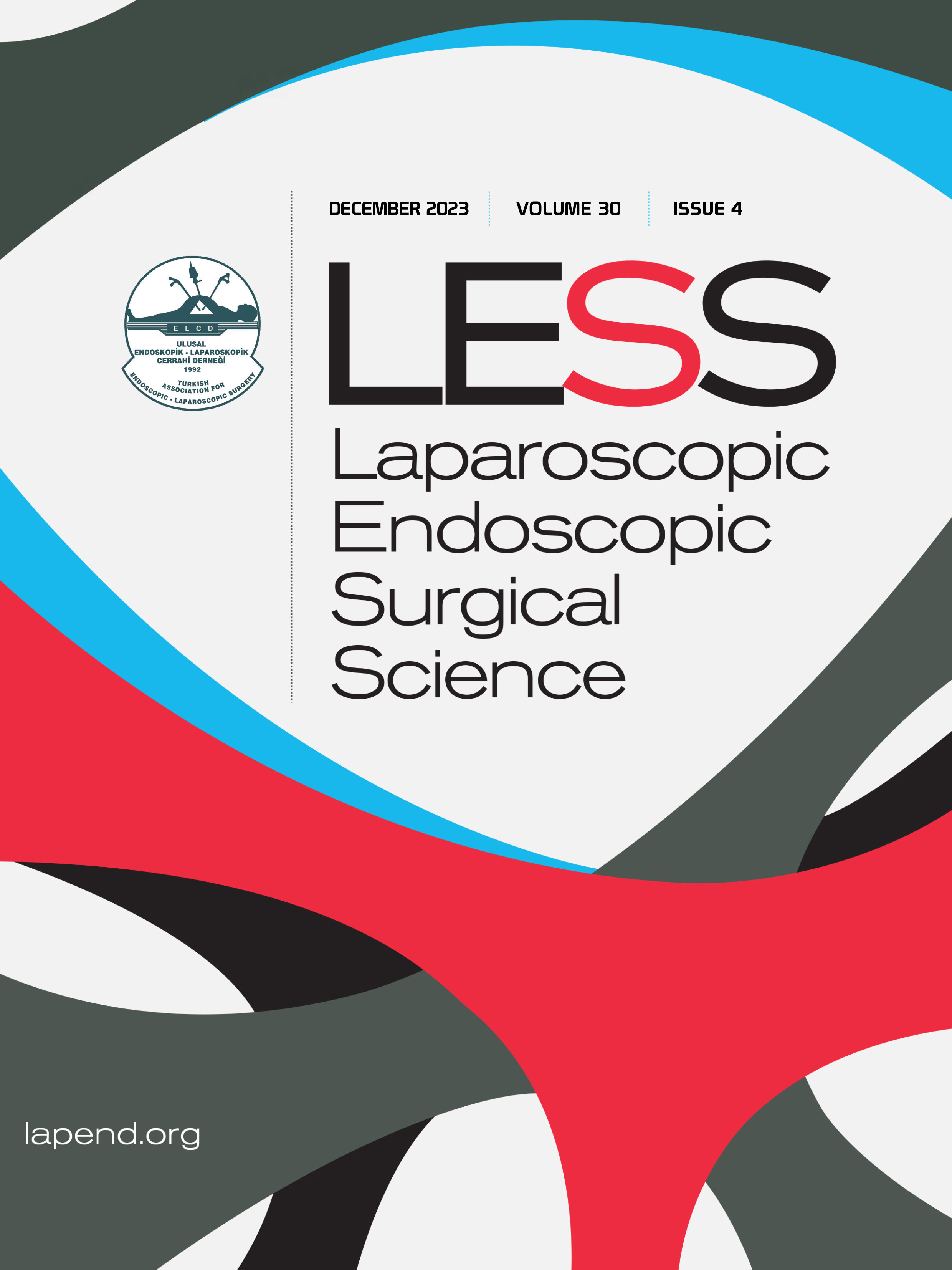Colorectal foreign body due to aspiration in children: The experience of a tertiary-level hospital
Uğur Deveci, Yaşar Doğan, Abdullah Murat Kayaokay, Şükran Akgeyik, Ferhat KarakoçDepartmant of Pediatrics Division of Pediatric Gastroenterology, Hepatology and Nutrition, Firat University Faculty of Medicine, Elazığ, TürkiyeINTRODUCTION: Foreign bodies resulting from aspiration are seen in children, especially those aged <5 years. Colorectal foreign bodies must be removed by colonoscopy because they may cause complaints or complications in children. This study aims to evaluate the clinical characteristics of children treated in a tertiary-level hospital for a diagnosis of colorectal foreign body.
METHODS: The study included 12 children (50% male, 50% female), aged median 5 years (range, 0.617.0 years), who were diagnosed with a colorectal foreign body due to aspiration. The demographic data, clinical findings, and operation notes of the cases were examined retrospectively from the hospital records.
RESULTS: The time from aspiration to presentation was a median of 15 days (range, 5 days3 years). Colonoscopy was performed in 7 cases. The localization of the foreign body was the base of the cecum in 4 cases, the hepatic flexure in 2, and the descending colon in 1. The foreign body was removed with colonoscopy in 7 cases, with surgical intervention in 3, and with forceps in 2 where the localization was the distal rectum. In one case, an open-ended safety pin embedded in the appendix was surgically removed. In another case, a sewing needle had passed the right hepatic flexure, leading to subcapsular bleeding in the liver. The needle was removed with a surgical procedure. No complications were observed in any of the cases during or after colonoscopy or surgical procedures.
DISCUSSION AND CONCLUSION: Pediatric cases with colorectal foreign bodies can be treated successfully and without serious complications with colonoscopy.
Keywords: Child, colonoscopy, colorectal, foreign body
Manuscript Language: English















